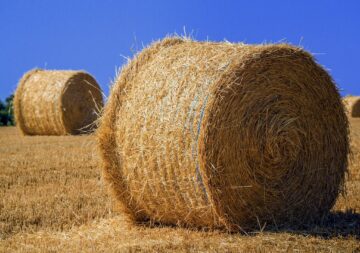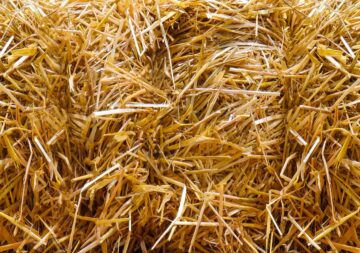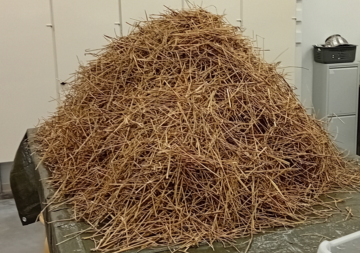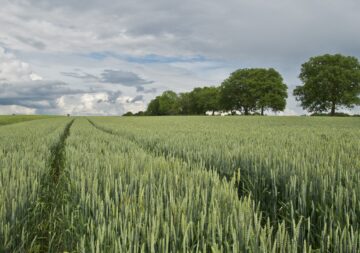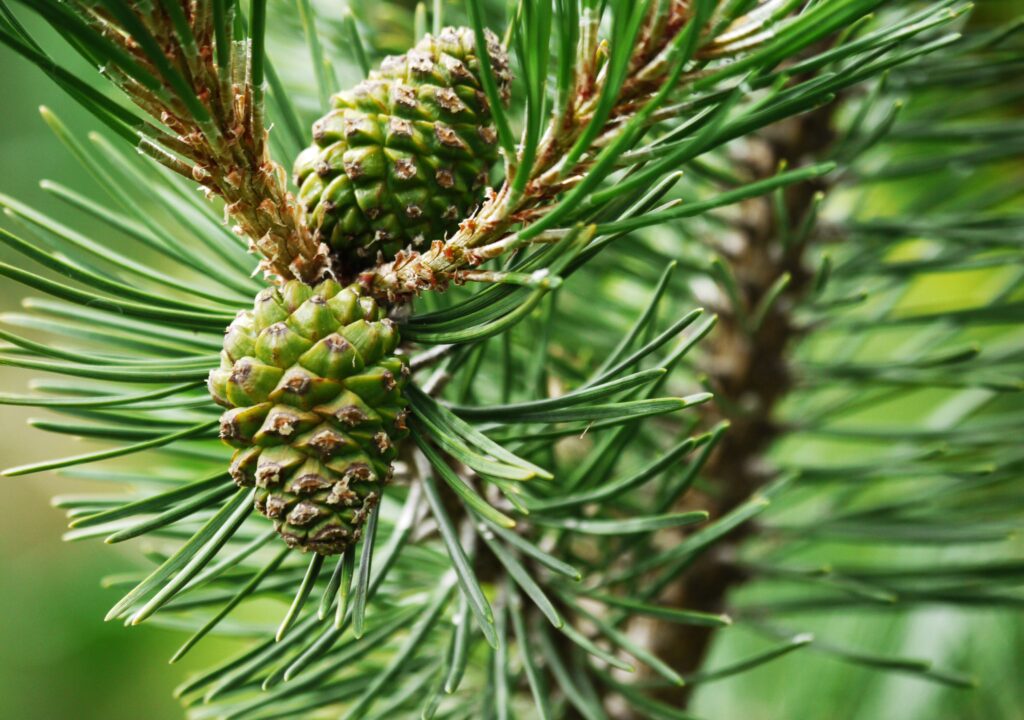
On April 16, 2025, forest owners, farmers, and professionals in these fields gathered at Lappeenranta LAB University of Applied Sciences campus for an event centered on the impacts of climate change on agriculture and forestry. While the presentations and group discussions covered both sectors, this article highlights the key takeaways for forestry stakeholders.
Authors: Heidi Myyryläinen & Heli Kasurinen
The event featured a comprehensive presentation by Pia Lehmusvuori from the national climate unit of the Centre for Economic Development, Transport and the Environment. Her talk shed light on the changes already seen in Finland’s climate and the expected developments in the coming decades – and most importantly, on what forest owners can do to adapt.
Climate is changing – and so are forests
Finland’s climate has already warmed by over two degrees in the past 120 years, with winters warming the most. Precipitation has increased, particularly during the winter, and snow cover seasons have shortened significantly. These changes, while gradual, have measurable effects on forest growth, soil conditions, tree health, and biodiversity. In the future, with moderate greenhouse gas emissions, conditions in southern Finland could resemble those in the southern Baltics by the 2050s. This shift in climate zones opens both risks and opportunities for forest owners.
Forest growth, tree species and new opportunities
One of the positive outcomes of a longer growing season and increased thermal sum is the potential for higher forest growth. Forest owners in northern areas may be able to cultivate tree species previously suited only to more southern regions – such as noble broadleaf species like oak, maple, and linden. However, these benefits come with caveats. Tree species must match the site conditions, and increased growth also means increased demand for careful, timely forest management to maintain resilience and ecological balance.
Challenges: droughts, pests, and changing winters
Alongside potential benefits, climate change brings numerous risks. Drought and heat stress can reduce tree vitality and increase vulnerability to diseases. Shorter frost periods and snow-free winters weaken the soil’s carrying capacity, complicating harvesting operations and making trees more prone to uprooting. Bark beetles such as the spruce bark beetle are already causing damage in parts of Finland, and the threat is expected to increase with warmer conditions. The risks of forest fires and invasive species are also on the rise.
Adaptation strategies – tools forest owners can use
The good news is that practical solutions exist. Adaptation starts with choosing the right species for the right place, promoting mixed-species forests, and preserving biodiversity through deadwood, retention trees, and varied forest structures.
Key measures for forest management focus on ensuring sustainability and resilience. It is important to avoid monocultures and maintain at least 10% broadleaf presence in mixed forests. Tree species should be selected based on local soil and climate conditions to ensure the best match for the environment. Timely forest management, including proper thinning and tending, is essential to help trees withstand stress and maintain healthy growth. Soil protection plays a crucial role in supporting forest resilience, so it’s vital to maintain good soil health and structure. Additionally, effective water management is necessary to improve drainage in wet areas and ensure adequate moisture in drier sites. Proactive pest and disease monitoring is also critical; seeking advice and acting quickly at the first signs of trouble can help prevent long-term damage.
Programs like METKA, the forest management incentive scheme, offer support for young stand management, health fertilization, forest roads, and peatland forestry. In addition, rural development funding through the CAP (Common Agricultural Policy) can be used for climate-smart investments.
Small group discussions: managing forests in shifting landscape
In small group discussions following the presentation, participants reflected on how climate change is affecting their forests and farms. A central theme that emerged was the complexity of forest-related knowledge: while information is available, it often varies, evolves over time, and can even be contradictory. Participants noted that navigating this mixed and shifting knowledge landscape requires a critical mindset and a willingness to learn continuously.
Participants underlined that forest owners carry both significant freedom and responsibility in managing their land. Forests are private property with economic value, yet they are also long-term ecological systems that require careful, forward-looking stewardship. Participants emphasized that what works in one forest or region may not apply elsewhere. Each forest is unique, and general advice doesn’t always fit local realities.
The participants’ discussion revealed several potential motivations for (sustainable) forestry practices, such as personal attitudes, ideologies, morals, enthusiasm and interests, family history, emotional ties, external guidance (e.g. via forest certification schemes), and economic reasons. There was a shared understanding that meaningful decisions in forest management cannot be based on quick fixes or short-term thinking. Forests grow and change on timescales that exceed human lives, and similarly, reliable research and guidance often take time to emerge.
Observe, understand, act
The takeaway message from the event was clear. Adaptation is a necessity. It requires continuous observation, learning, and action. Every forest is different, and so are the adaptation strategies. Whether you manage a small woodland or a large commercial forest, now is the time to ask to observe changes that are already visible in the forest reflect the current practices preparing me for future conditions. It is also worthwhile to seek knowledge and potential funding for wise forest management. Observe, be aware, act, seek knowledge and collaboration when needed.
References
LAB. 2024a. ForestAgriGreenNudge: GREEN NUDGEs for sustainable FORESTry and AGRIcultural practices post 2027. Cited 24 April 2025. Available at https://lab.fi/en/project/green-nudges-sustainable-forestry-and-agricultural-practices-post-2027
LAB. 2024b. Adapting to climate change in South Karelia. Cited 24 April 2025. Available at https://lab.fi/en/project/ilmastonmuutokseen-sopeutuminen-etela-karjalassa
Lehmusvuori, P. 2025. Maa- ja metsätalous: miten muuttuva ilmasto vaikuttaa ja miten vaikutuksiin voi sopeutua? Presentation at Etelä-Karjalan maa- ja metsätalouden sopeutuminen muuttuvaan ilmastoon, LAB University of Applied Sciences, 16 April 2025.
Authors
Heidi Myyryläinen, LAB University of Applied Sciences
Heli Kasurinen, LAB University of Applied Sciences
Authors work in ForestAgriGreenNudge-project that focuses on behavioral perspectives in sustainability in forestry. The event was hosted by two projects, Adapting to climate change in South Karelia (LAB 2024a) and ForestAgriGreenNudge (LAB 2024b).
Illustration: https://pxhere.com/fi/photo/558679 (CC0)
Reference to this article
Myyryläinen, H. & Kasurinen, H. 2025. Climate change and forestry – adaptation starts with awareness and action. LAB Pro. Cited and date of citation. Available at https://www.labopen.fi/en/lab-pro/climate-change-and-forestry-adaptation-starts-with-awareness-and-action/
